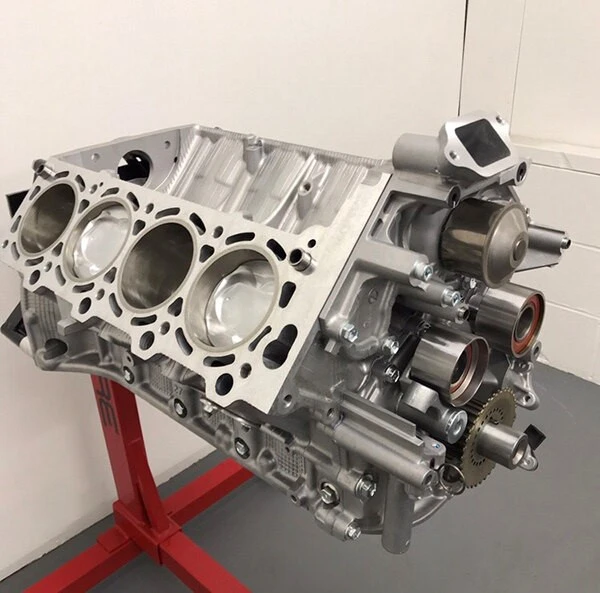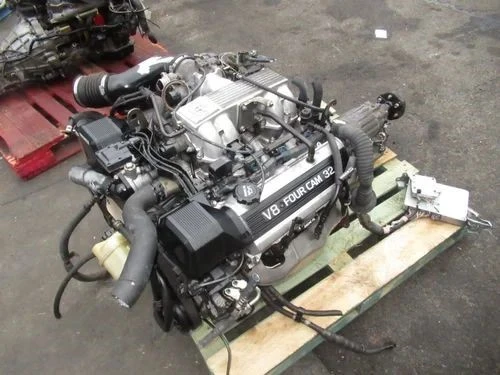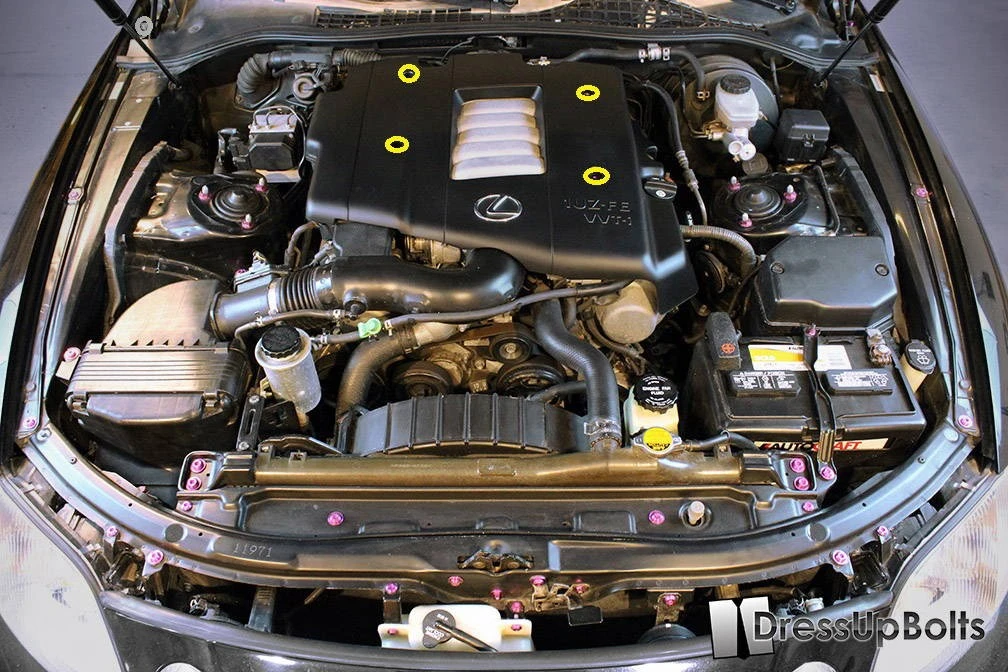
The 1UZ-FE engine, the inaugural member of the UZ engine lineage, made its debut in 1989 and found its place in a range of Toyota and Lexus luxury and sports cars until 2002 when it was succeeded by the 3UZ-FE engine.
The 1UZ-FE engine has a displacement of 3,968 cc, a compression ratio ranging from 10.0:1 to 10.5:1, and a firing order of 1-8-4-3-6-5-7-2. It represented a significant leap forward from Toyota’s previous V family engines, which had been in service from the 1960s through the 1990s.
Engine Design and Features
The 1UZ-FE boasts an aluminum cylinder block with cast-iron cylinder liners, providing a sturdy yet lightweight structure. Its 90-degree cylinder bank angle and six main bearings contribute to its stability.

With a forged steel crankshaft, lightweight connecting rods, and aluminum pistons, the engine operates quietly and smoothly. A standout feature of the 1UZ-FE is its DOHC 32-valve aluminum cylinder heads, a departure from traditional V8 engines. Initially equipped with a simple ignition system and multi-port fuel injection, it later transitioned to sequential fuel injection for improved performance and efficiency.

Continuous Improvement and Technological Advancements
Throughout its production lifespan, the 1UZ-FE engine. Underwent a series of evolutionary enhancements aimed at elevating its performance, efficiency, and reliability. In 1994, significant updates were introduced, including a lighter crankshaft, connecting rods, and pistons, as well as modifications to the valvetrain components. These refinements resulted in improved power output and smoother engine operation, further solidifying the 1UZ-FE’s reputation for excellence.
The year 1997 heralded a new era of innovation with the introduction of Variable Valve Timing with intelligence (VVT-i) technology. This groundbreaking system optimized valve timing for enhanced power delivery. Fuel efficiency, and emissions control across a broad range of operating conditions.
Coupled with electronic throttle control (ETCS-I) and an advanced intake manifold design. The 1UZ-FE engine achieved unparalleled levels of performance and refinement, setting new benchmarks in the automotive industry.

Performance and Specifications
The 1UZ-FE engine’s performance figures were equally impressive, with power outputs ranging from 251 to 261 horsepower in its non-VVT-i configuration, and a substantial increase to 290 to 300 horsepower with the introduction of VVT-i technology.
Torque figures also saw significant improvements, ranging from 260 to 269 lb-ft in non-VVT-i engines, to 300 to 310 lb-ft in VVT-i-equipped models. These enhancements translated into exhilarating acceleration, effortless cruising, and a driving experience that set it apart from its peers.
Conclusion
the Toyota/Lexus 1UZ-FE engine stands as a testament to the power of innovation and ingenuity in the automotive industry. From its groundbreaking design to its unparalleled performance, this iconic powerplant continues to captivate enthusiasts and inspire generations of engineers. As we celebrate its legacy, we look forward to the next chapter in the evolution of automotive excellence. Guided by the pioneering spirit of the 1UZ-FE engine.